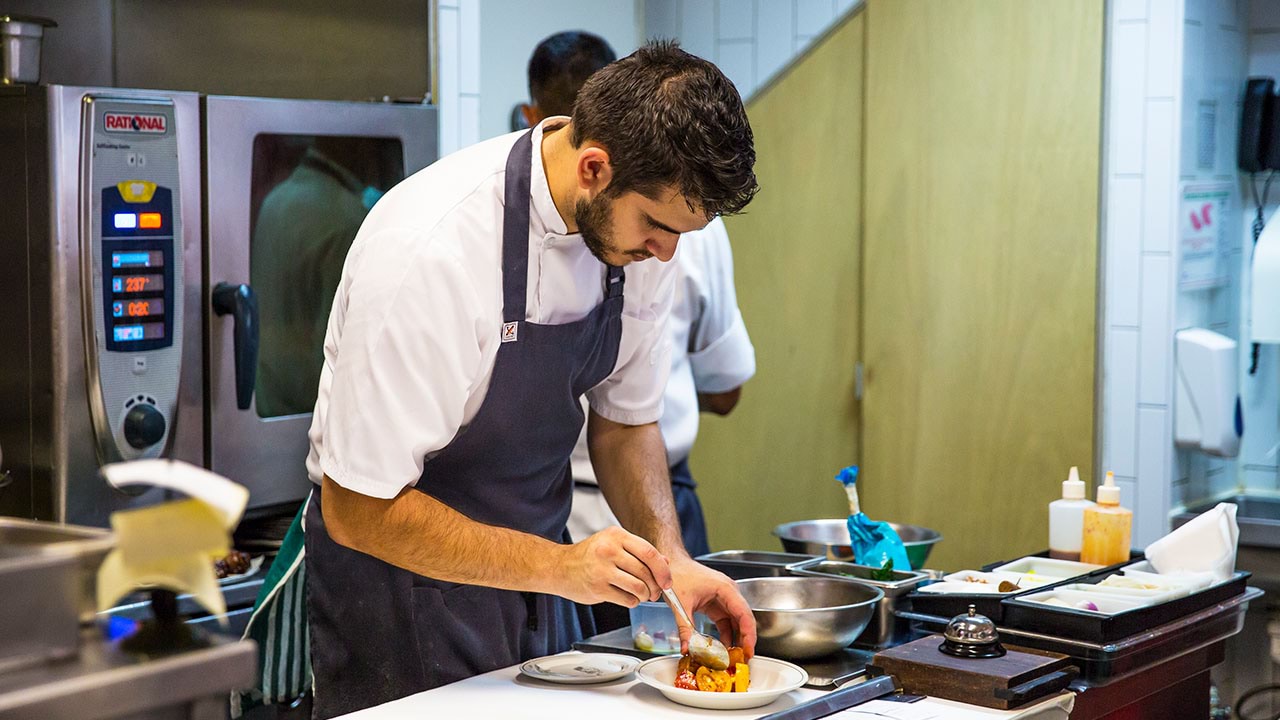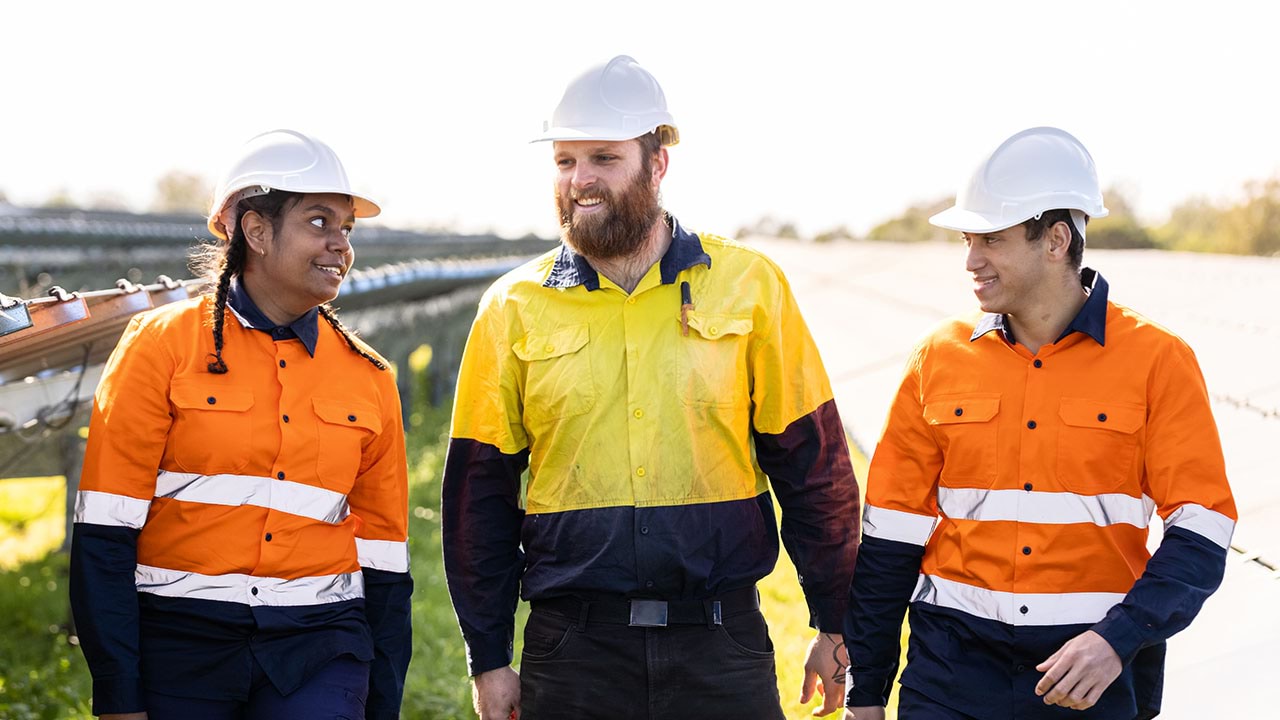Sales assistants support daily operations in shops and warehouses. This is a great role if you want to get started in retail.
Find out what a sales assistant does and the related Vocational Education and Training (VET) courses and pathways you can take to secure a job.
What is a sales assistant?
Sales assistants work across many industries assisting customers to purchase goods and services. As a sales assistant you may:
- help customers and answer enquiries
- display merchandise
- process transactions
- clean and maintain the store.
Product knowledge and a passion for customer service are essential to the role.
Find out more about sales assistants(opens in a new window) and these related jobs on the Victorian Skills Gateway(opens in a new window):
- beauty therapist(opens in a new window)
- butcher or smallgoods maker(opens in a new window)
- checkout operator(opens in a new window)
- hair or beauty salon assistant(opens in a new window)
- tourist information officer(opens in a new window)
- travel consultant(opens in a new window).
Related training courses
Explore these related TAFE and training courses on the Victorian Skills Gateway(opens in a new window):
You may be eligible for government funding(opens in a new window) to help pay for your course.
Median salary
The median weekly earnings for sales assistants (general) in Australia is $1,112.
Source: Jobs and Skills Australia(opens in a new window)
Note this salary is current as of January 2025 and is indicative only. A range of salaries apply to different roles across the industry.
Job demand in Victoria
Below are the employment projections for sales assistant (general) jobs in Victoria. Figures show the number of workers in 2024 and the new workers expected to enter the workforce by 2027 and 2034.
‘New workers expected’ accounts for workers adding new jobs to the economy and replacing retirees over the next 3 and 10 years. These projections are estimates only. There will be additional jobs available as people move between jobs and industries.
| Region | Workers 2024 | New workers expected by 2027 | New workers expected by 2034 |
|---|---|---|---|
| Victoria | 152,767 | 12,049 | 54,413 |
| Melbourne – inner metropolitan | 14,871 | 1,461 | 5,915 |
| Melbourne – inner south-east metropolitan | 12,599 | 746 | 3,601 |
| Melbourne – southern metropolitan | 24,679 | 1,645 | 7,976 |
| Melbourne – northern metropolitan | 19,506 | 1,746 | 8,235 |
| Melbourne – eastern metropolitan | 20,700 | 1,237 | 6,255 |
| Melbourne – western metropolitan | 20,412 | 2,329 | 10,104 |
| Ballarat and surrounds (Central Highlands) | 4,608 | 336 | 1,582 |
| Bendigo, Echuca and surrounds (Loddon Campaspe) | 6,312 | 469 | 2,049 |
| Geelong, Colac and surrounds (Barwon) | 9,133 | 770 | 3,647 |
| Gippsland | 7,229 | 623 | 2,159 |
| Horsham and surrounds (Wimmera Southern Mallee) | 1,202 | 40 | 220 |
| Mildura, Swan Hill and surrounds (Mallee) | 2,603 | 84 | 485 |
| Shepparton, Seymour and surrounds (Goulburn) | 3,024 | 191 | 778 |
| Wangaratta, Wodonga and surrounds (Ovens Murray) | 3,091 | 258 | 825 |
| Warrnambool, Hamilton and surrounds (Great South Coast) | 2,795 | 115 | 581 |
Source: Victorian Skills Authority Employment Projections Dashboard
Resources to plan your next steps
Visit our retail industry profile to find out about:
- what it’s like to work in retail, and some of the jobs you could do
- training and skills to work in the industry, and other financial assistance to help pay for your course
- help getting a job in retail, and industry job projections for Victoria
- other free resources and advice to plan your training and career.
Explore growing industries in your region
Updated



